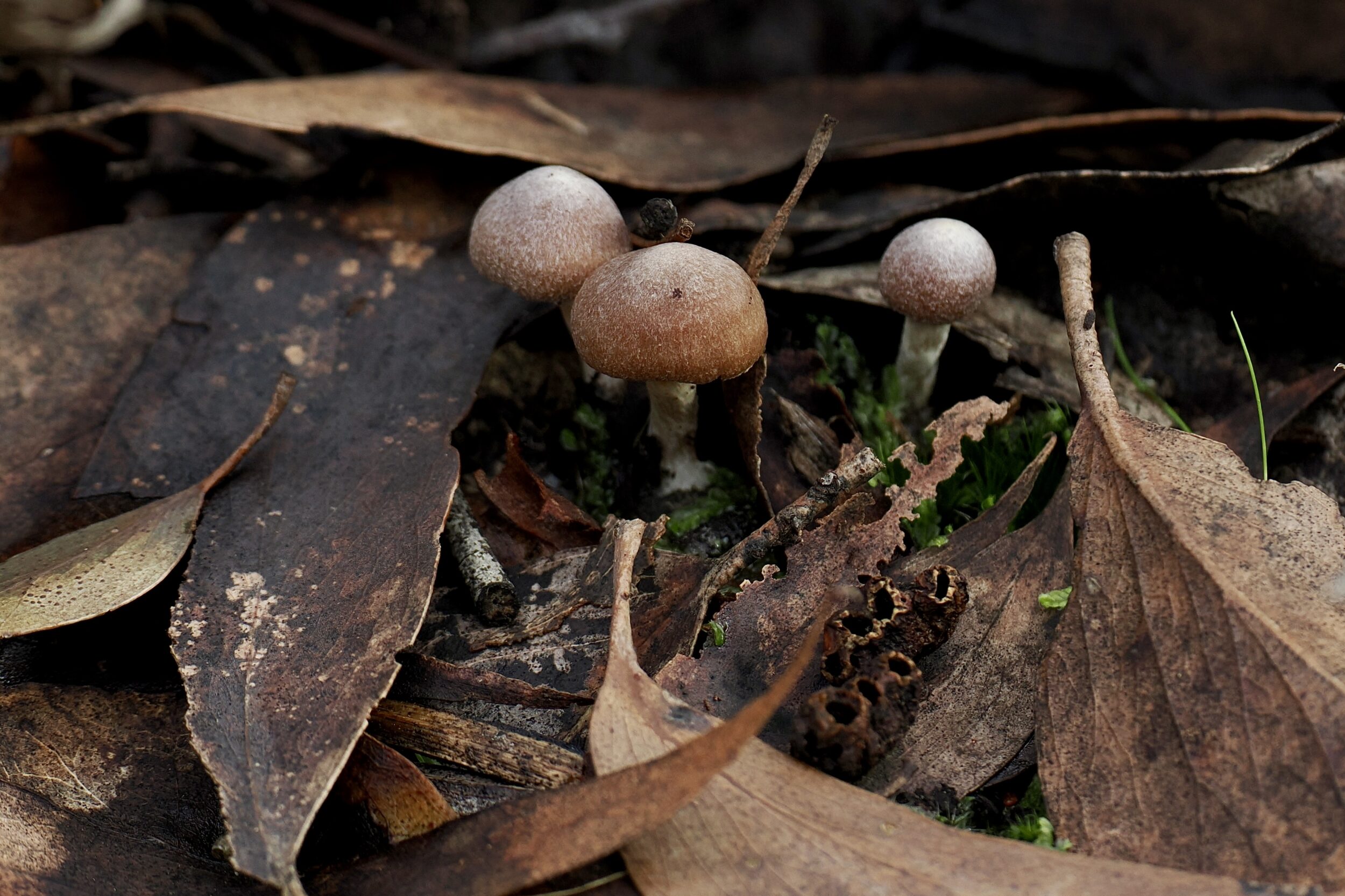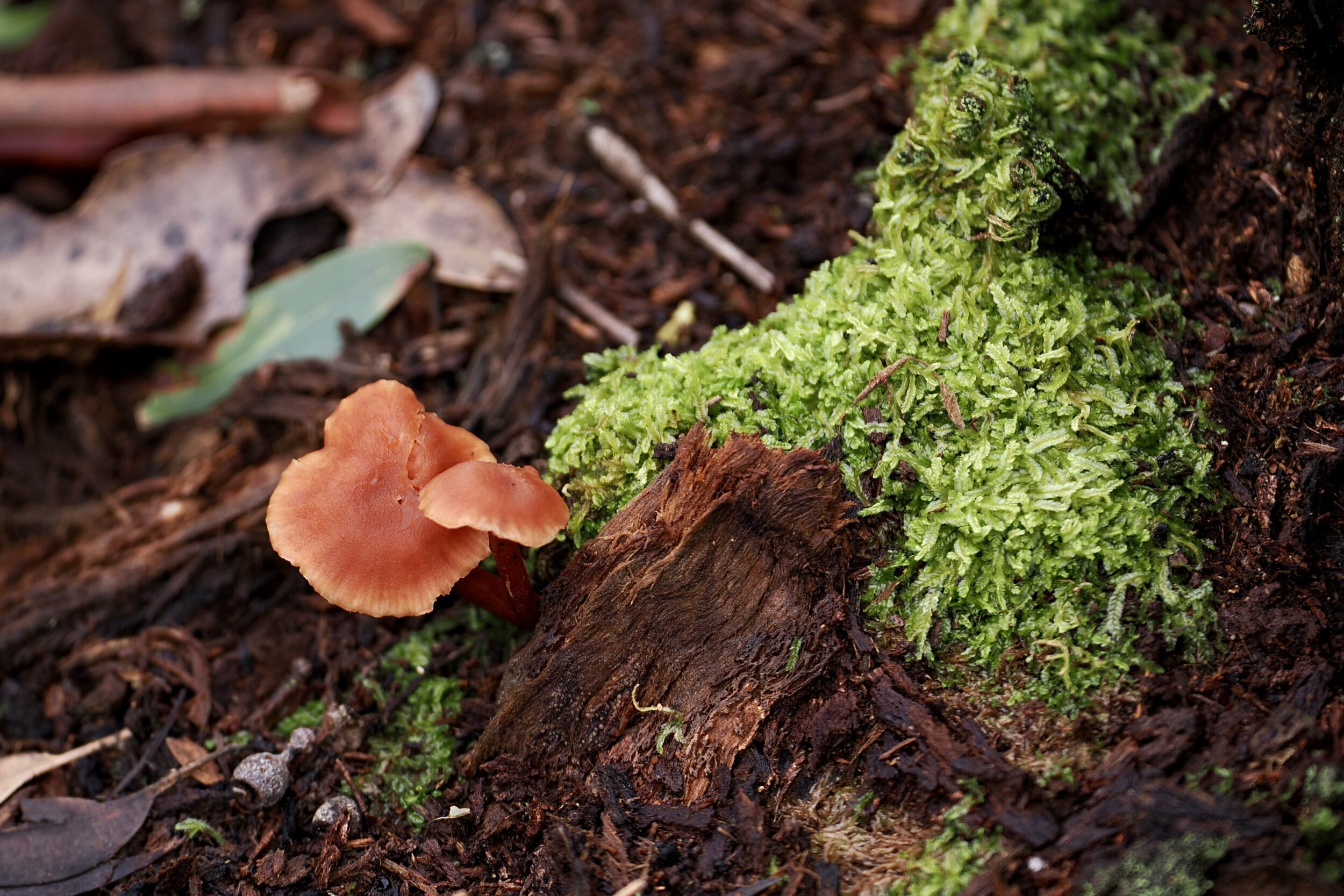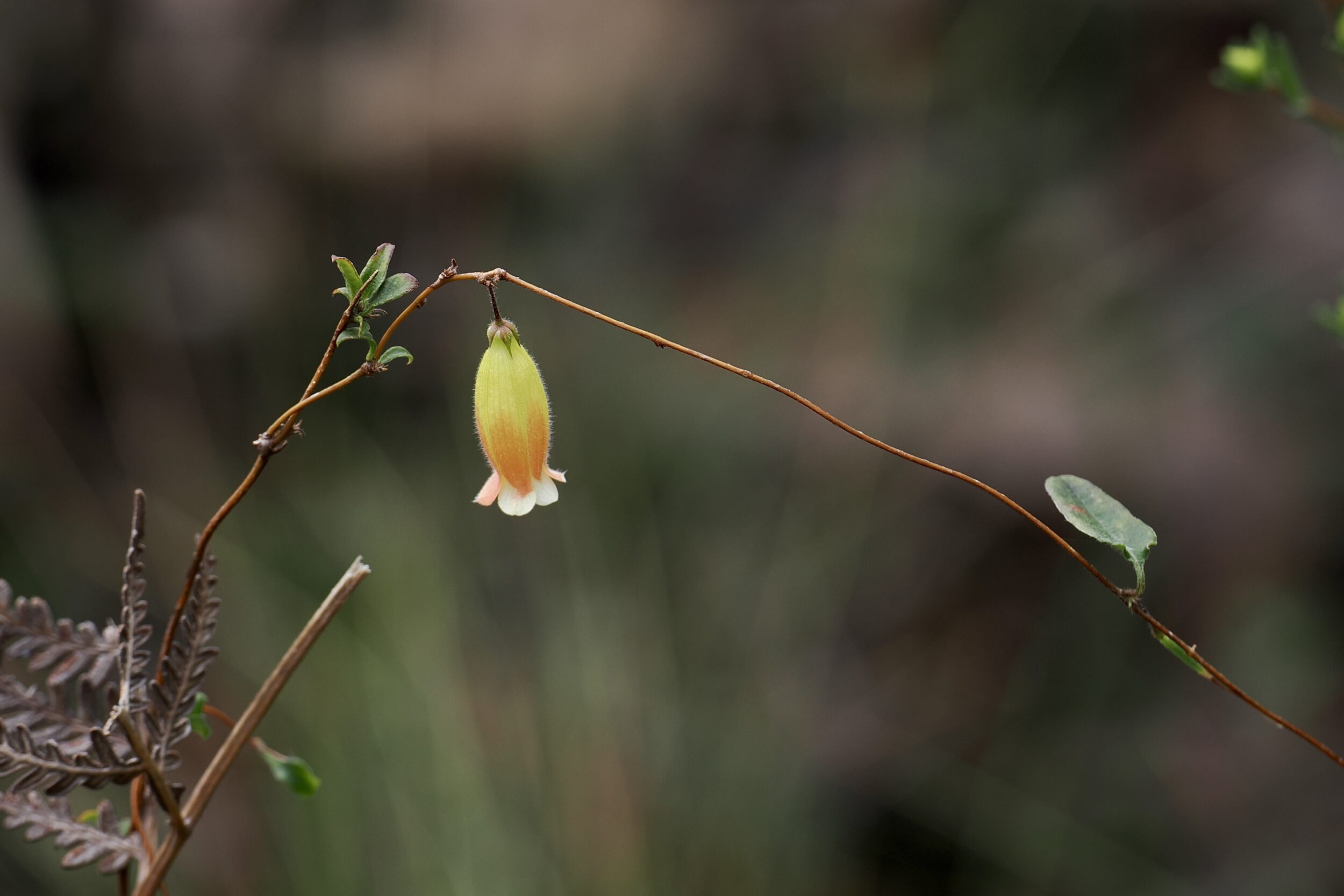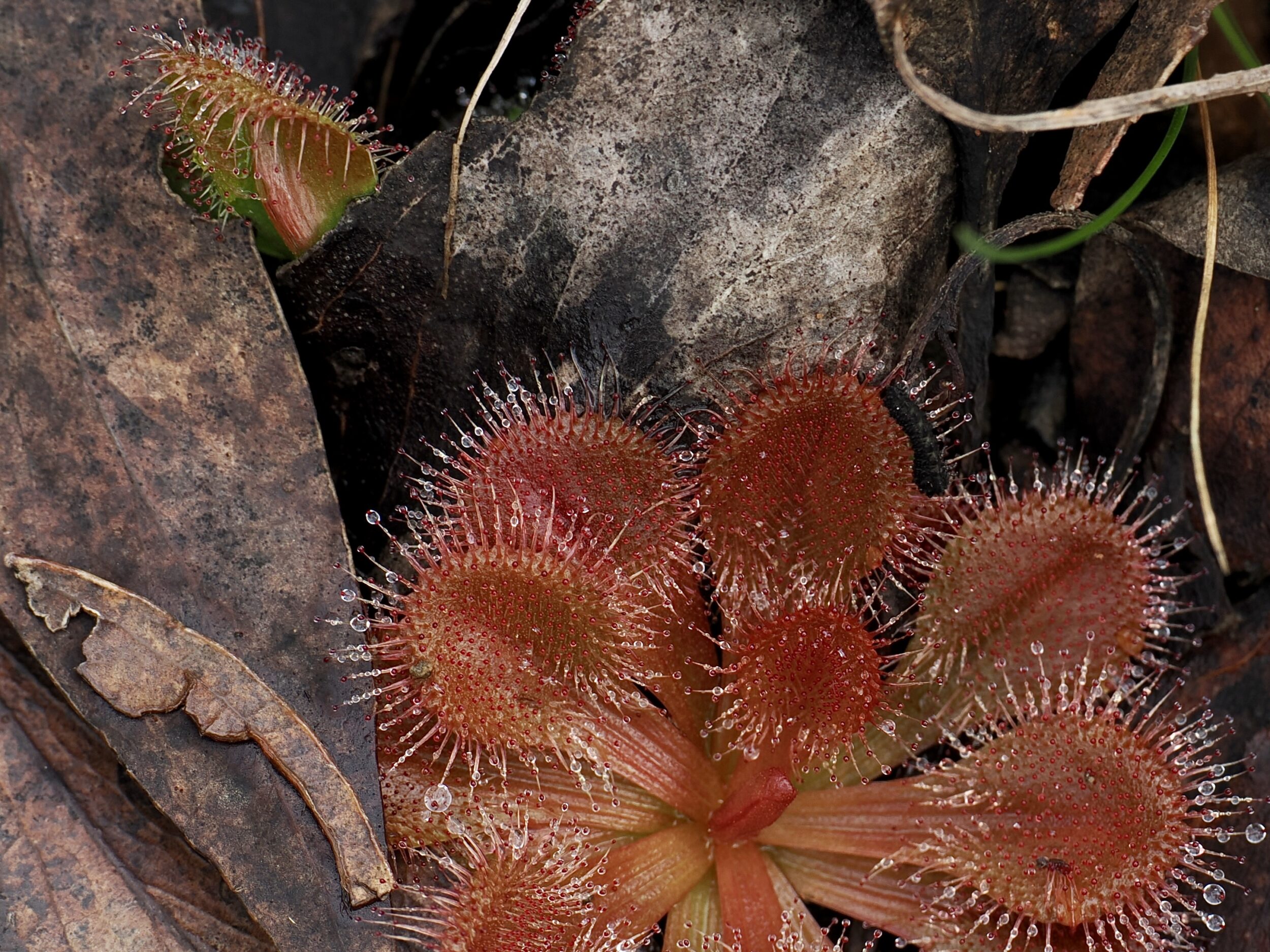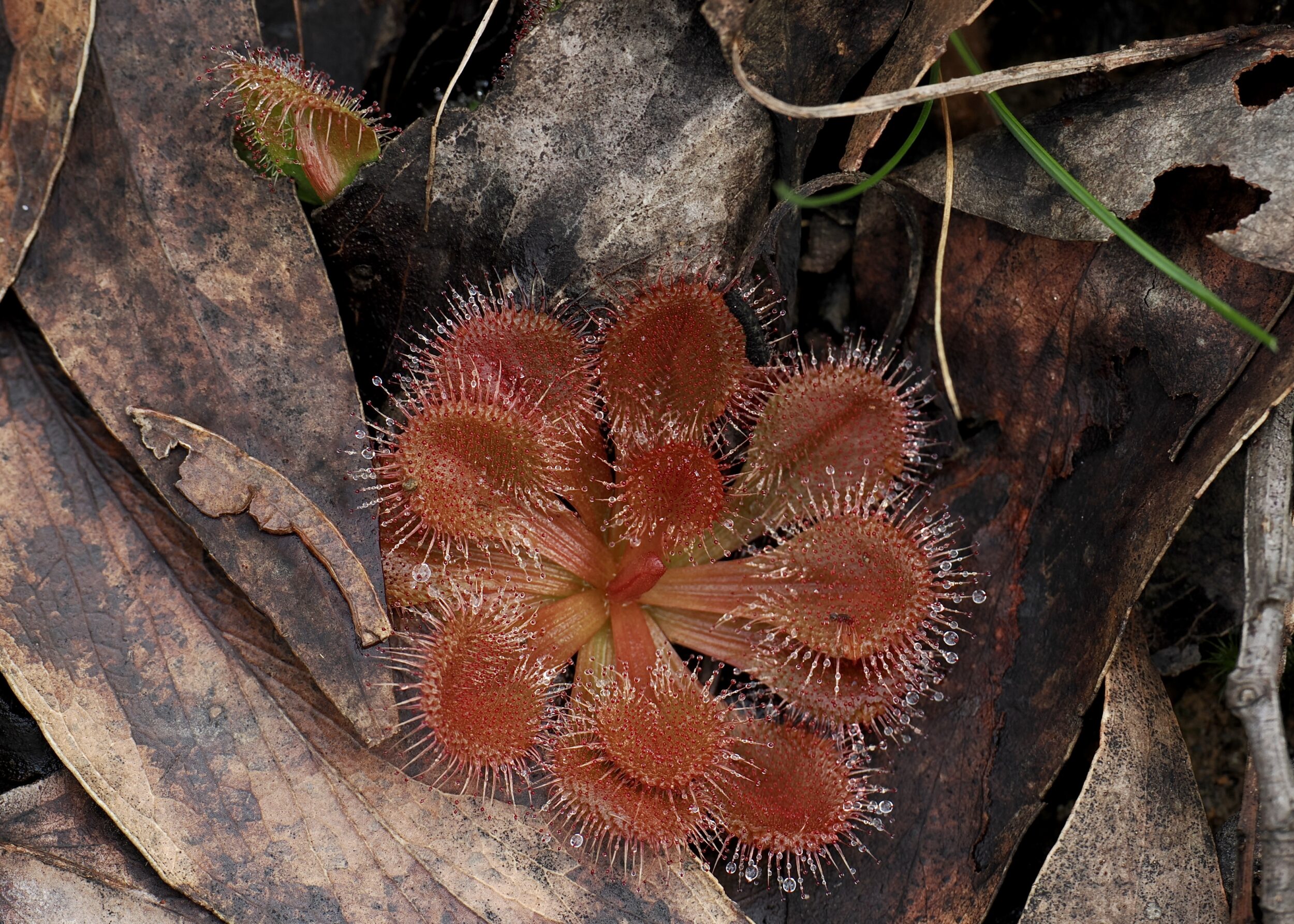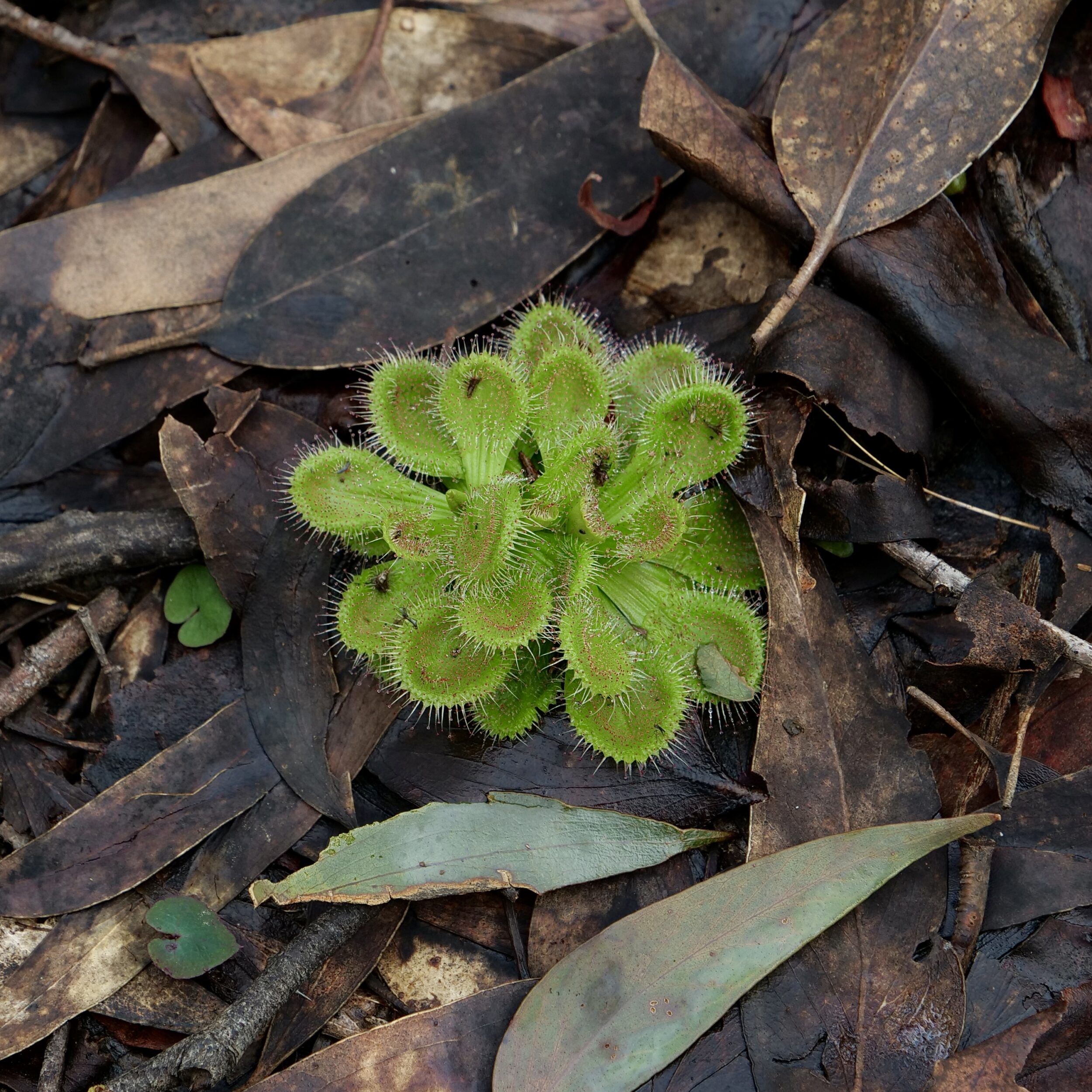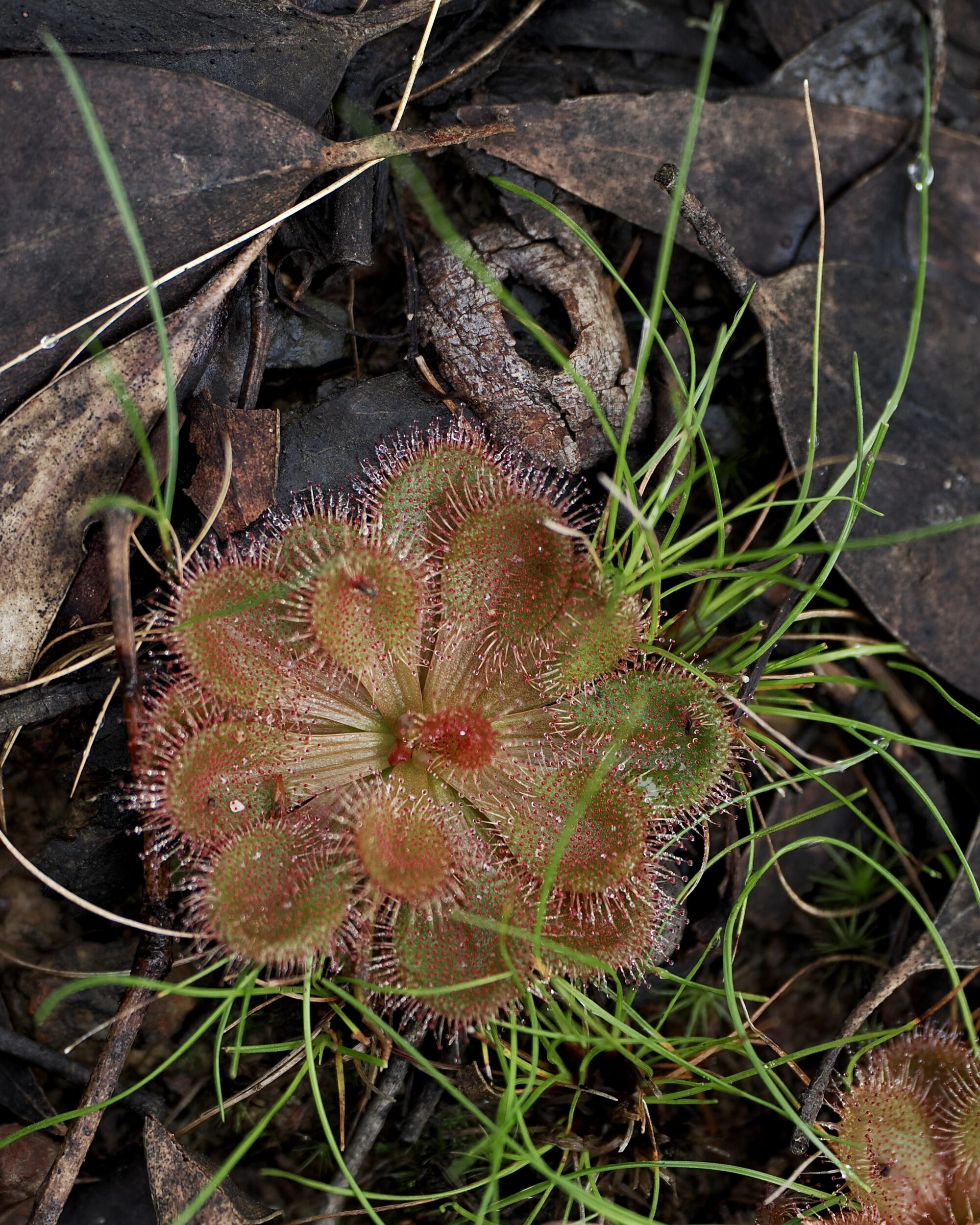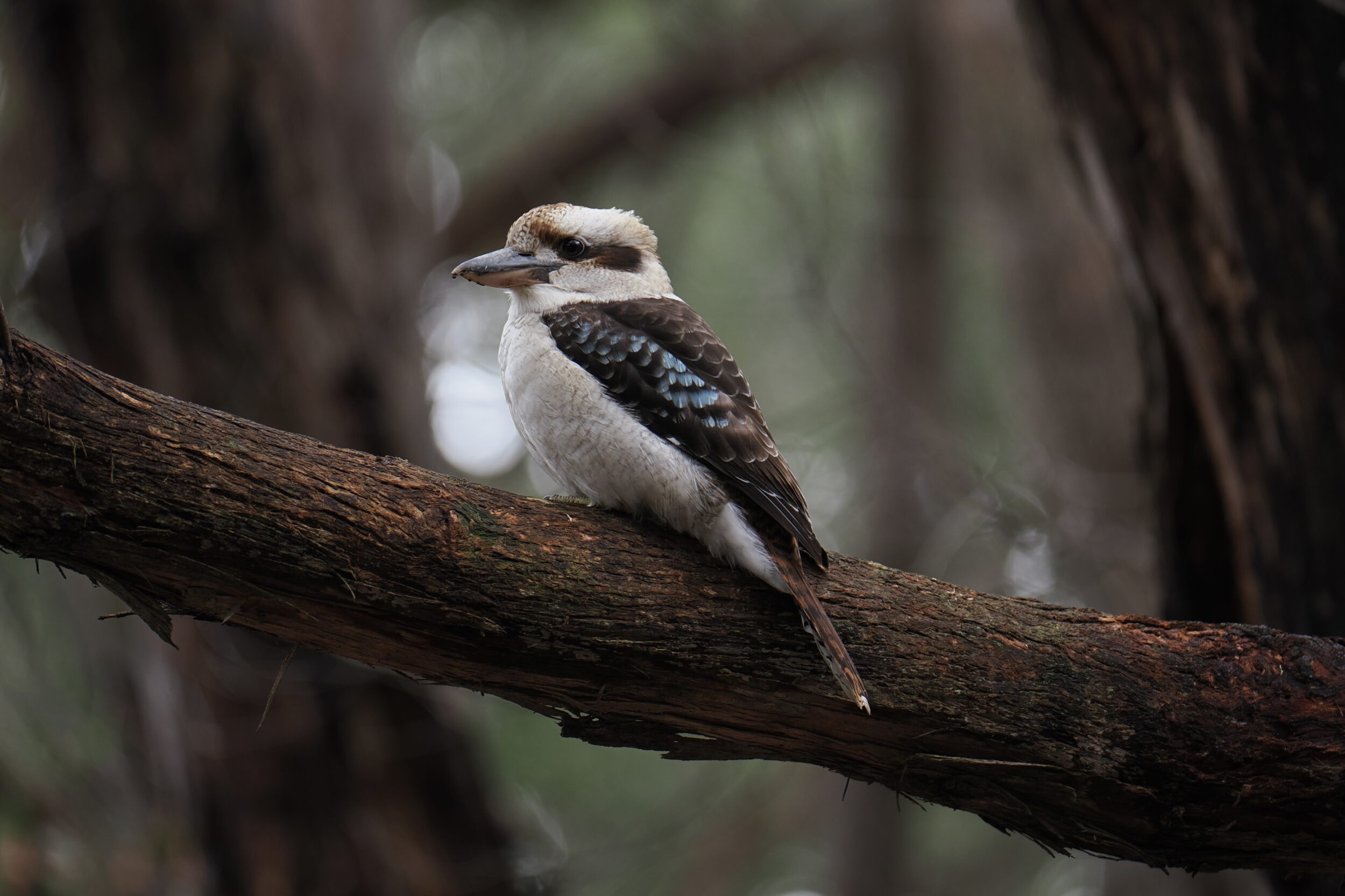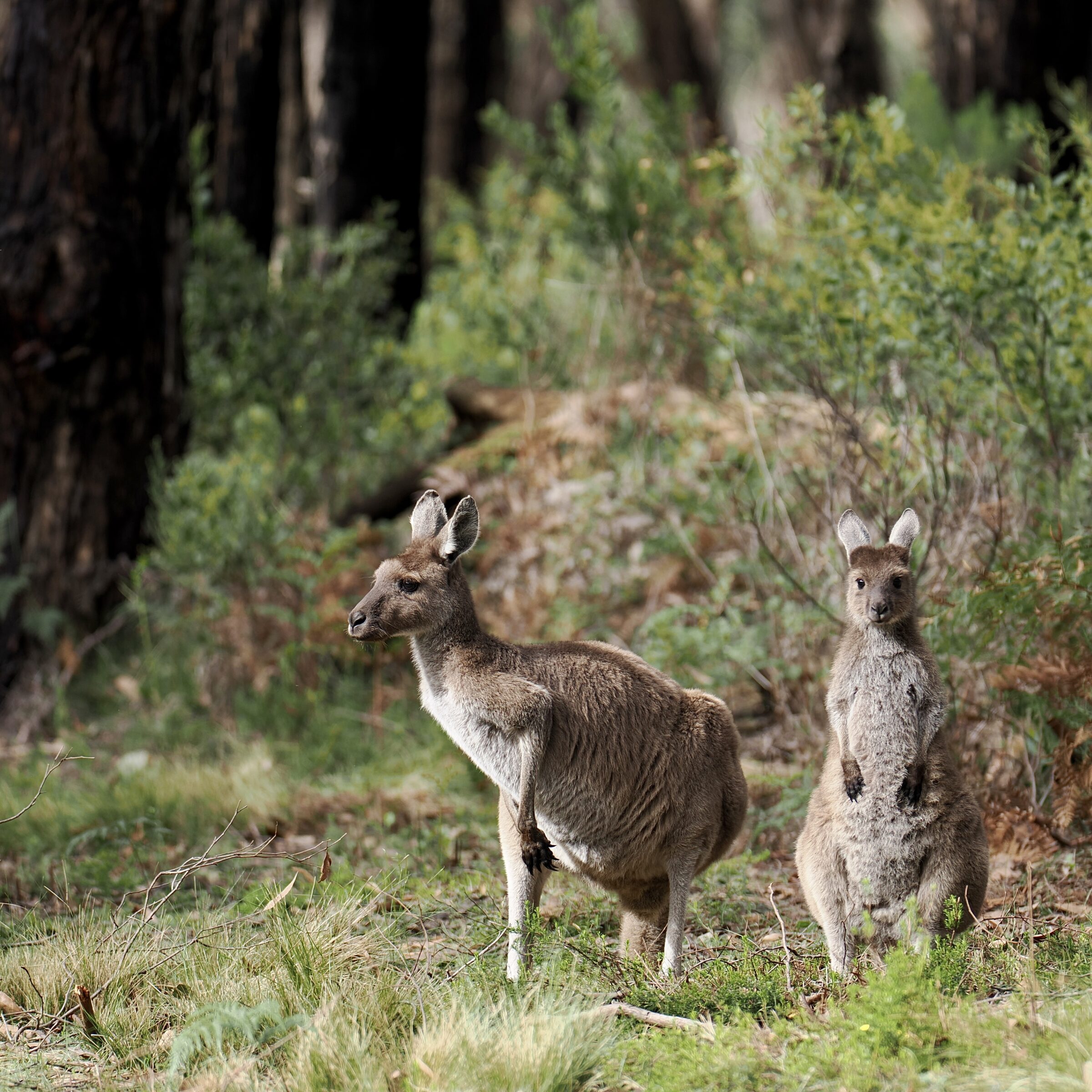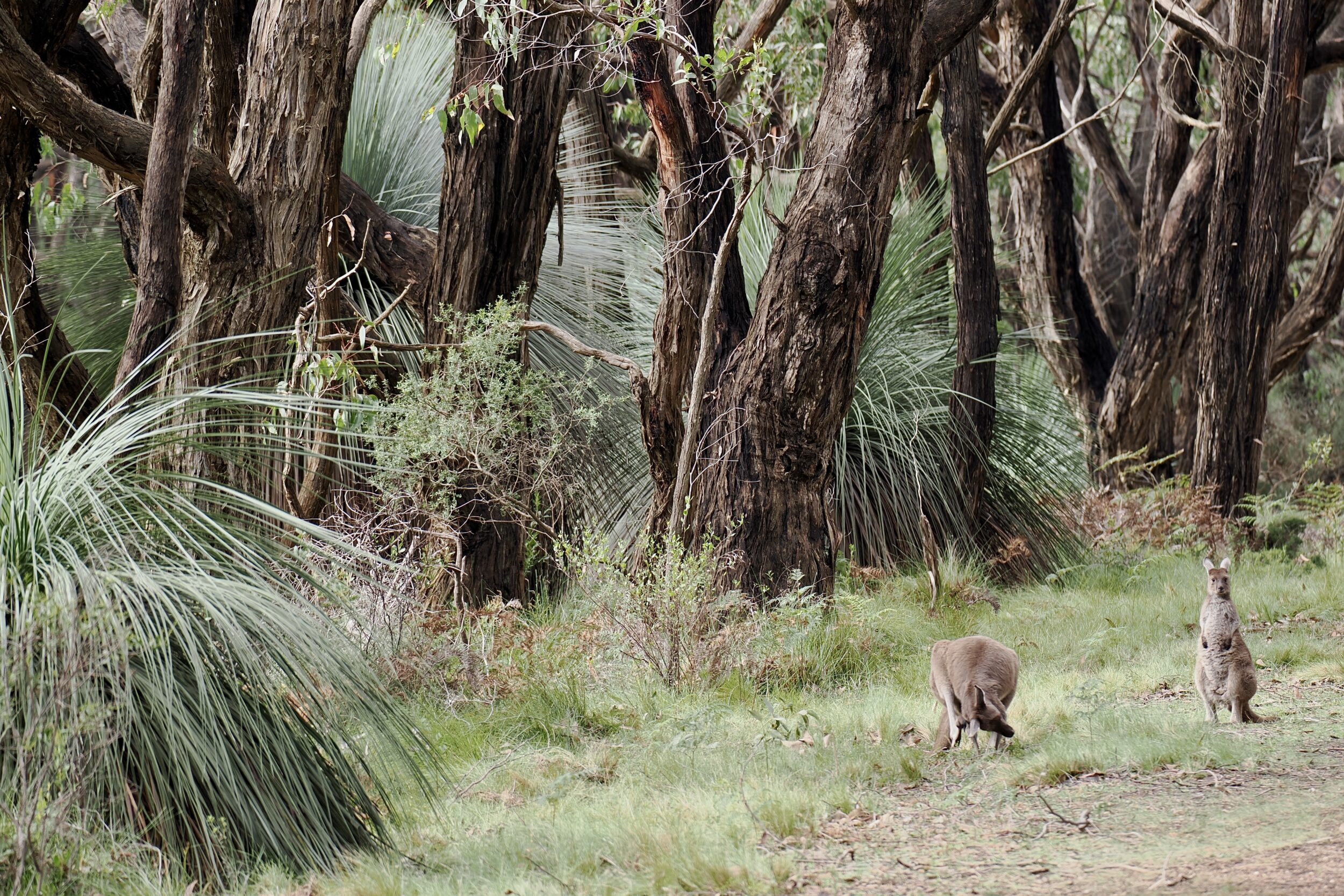Most of the world’s fungal mass are mycelia – tubular filaments/threads which “network”, forming mycelium.
Reminiscent of hair or neurons, those filaments/threads are called hyphae.
You won’t see mycelium in this series – it is an invisible presence, within the earth, timber and leaf litter.
However, it is worth remembering that fungi are like icebergs – what we see is only a small portion of their selves.
Comments closed